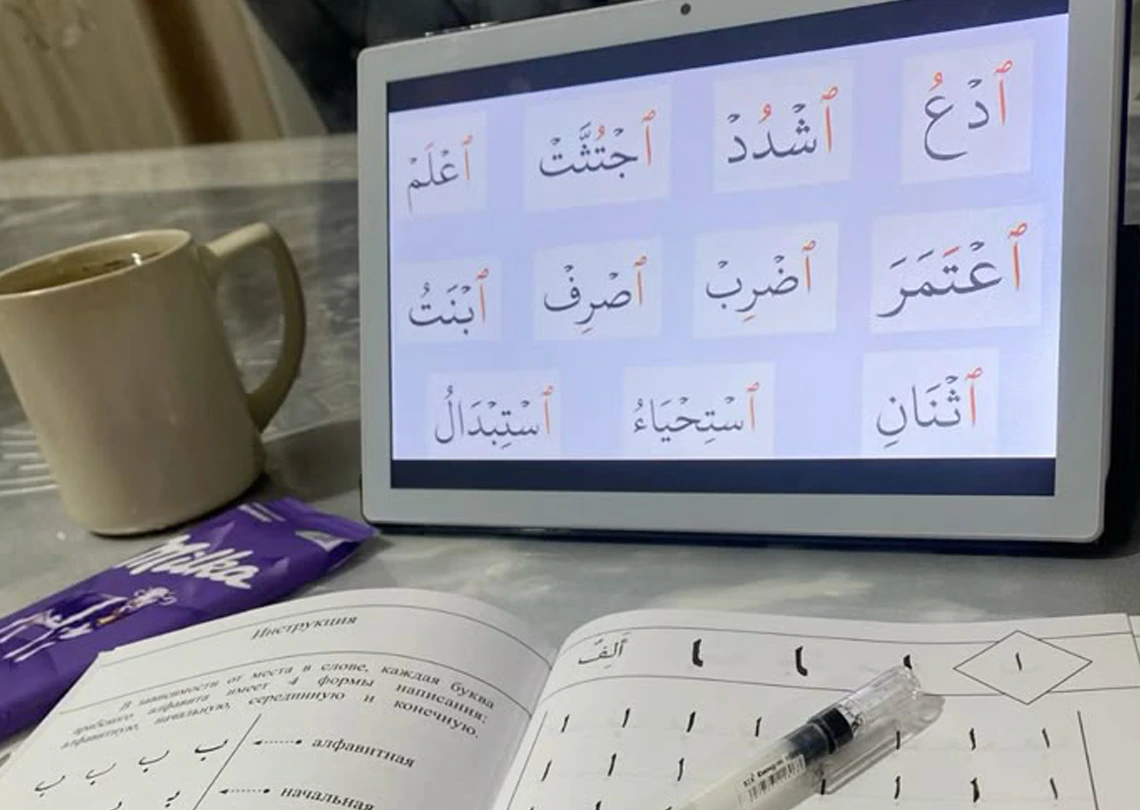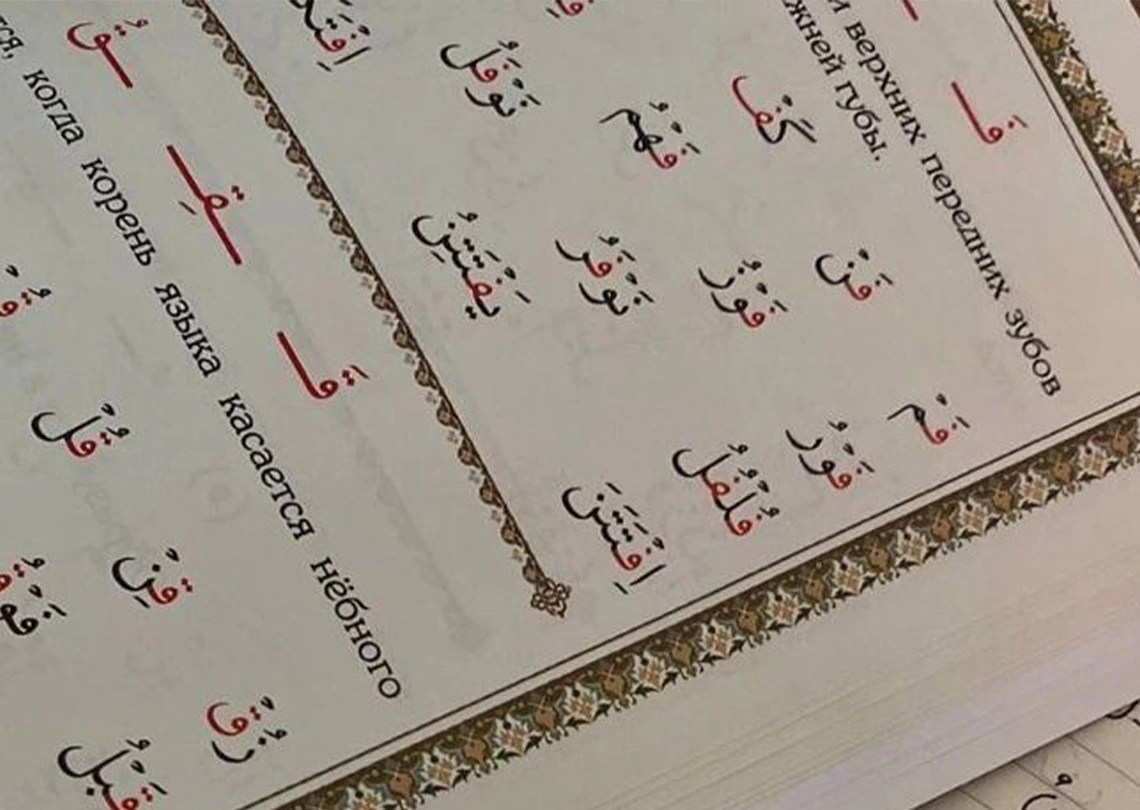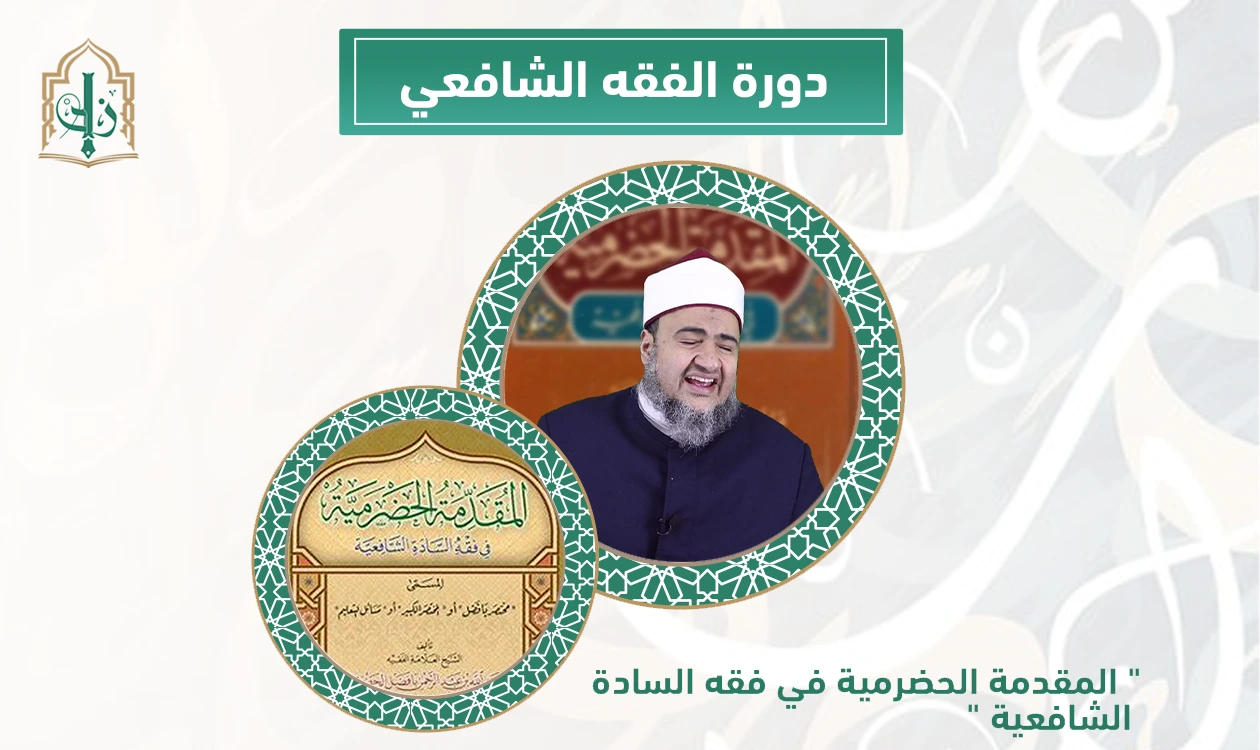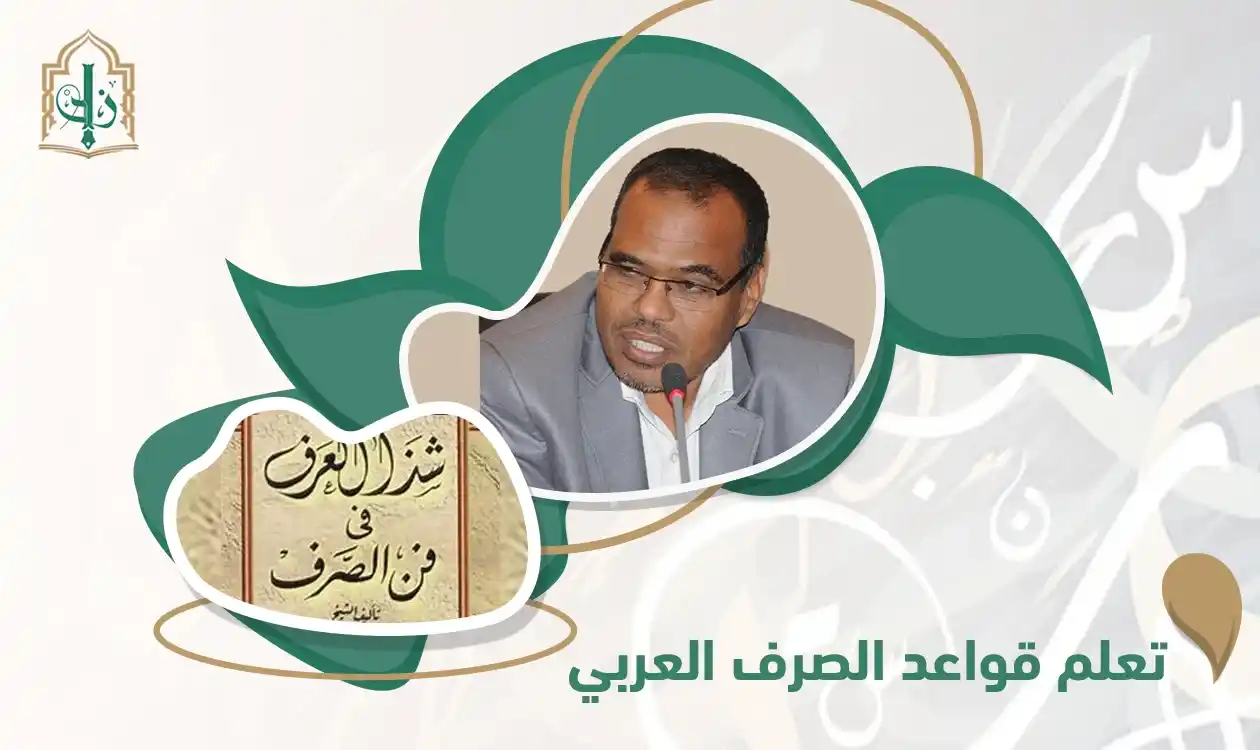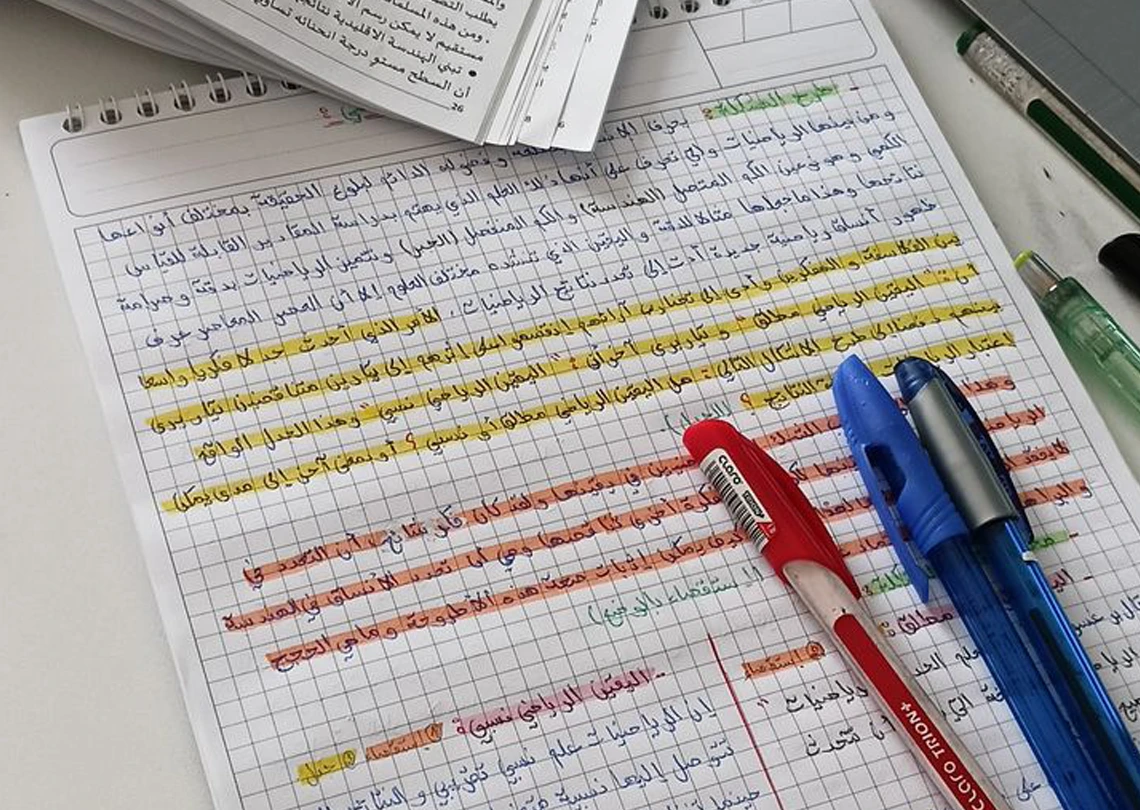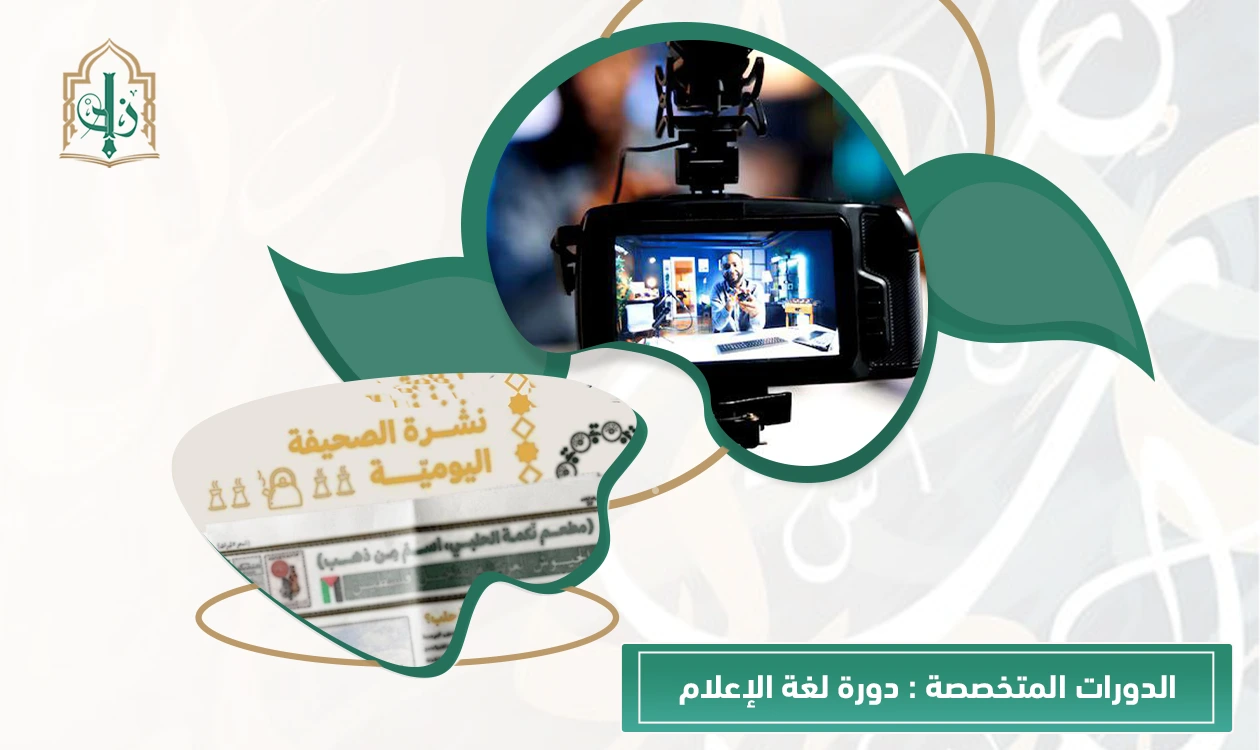-
27 Feb, 24
The Arabic Language: The Language of Beauty, Identity, and Civilization
The Arabic Language: The Language of Beauty, Identity, and Civilization
The Arabic language is one of the oldest and richest languages in the world. It is not just a means of communication but a cultural and civilizational heritage that reflects the identity of the Arab and Islamic nations. With its deep-rooted history and unique status, Arabic holds a distinguished position among world languages, combining authenticity with evolution and being used in various fields, from literature and poetry to sciences and arts.
The Importance of the Arabic Language
The Arabic language holds great significance on multiple levels, including:
1. The Language of the Holy Quran
Arabic is the language of divine revelation, as God Almighty chose it to be the language of the Holy Quran, granting it a special sanctity and an esteemed status among languages. It is also the language of the Prophet’s Hadith and Islamic legislation, making it essential for understanding the Islamic faith.
2. A Symbol of Cultural and Civilizational Identity
The Arabic language plays a central role in preserving the cultural identity of the Arab nation. It is the language of literary and intellectual heritage, pre-Islamic poetry, Arabic oratory, and Islamic arts, making it one of the key unifying elements among Arabic-speaking nations.
3. A Medium for Transmitting Knowledge and Sciences
During the golden age of Islamic civilization, Arabic was the language of science, philosophy, medicine, astronomy, and mathematics. Arab scholars significantly contributed to human knowledge, translating Greek, Persian, and Indian works, which helped advance global sciences.
4. Its Global Spread and Influence
Arabic is one of the most widely spoken languages, with over 400 million native speakers, in addition to millions who learn it for religious and academic purposes. It is also one of the six official languages of the United Nations.
Characteristics of the Arabic Language
Arabic possesses many unique characteristics that distinguish it from other languages, including:
1. A Distinctive Phonetic System
Arabic is known for its diverse phonetic range, encompassing various articulation points, including the throat, larynx, tongue, and lips, making it a highly musical and expressive language.
2. Rich Vocabulary and Derivation
Arabic contains millions of words and linguistic structures, making it one of the world's richest languages in terms of vocabulary. Its root-based derivational system provides great flexibility in word formation and meaning deduction.
3. Grammar and Syntax
Arabic grammar and syntax are among its most significant features, offering precision and clarity in expression, helping to understand texts without ambiguity.
4. Rhetoric and Literary Styles
Arabic is renowned for its rhetorical beauty, featuring advanced linguistic techniques such as metaphor, metonymy, allegory, and simile, making it one of the richest languages in literary and artistic expression.
Challenges Facing the Arabic Language
Despite its esteemed status, the Arabic language faces several challenges that threaten its spread and development, including:
1. Declining Use in Scientific Research
Many researchers and students prefer using foreign languages, particularly English, in their studies, weakening Arabic's presence in modern scientific fields.
2. The Influence of Globalization and Foreign Languages
With technological advancements and the rise of social media, foreign languages have increasingly influenced Arabic, with many foreign terms replacing original Arabic words.
3. Weak Digital Content in Arabic
Despite having millions of speakers, Arabic digital content remains limited compared to other languages, highlighting the need to strengthen its presence in technology and the internet.
Global Interest in the Arabic Language
In recent years, there has been growing global interest in the Arabic language. It is now taught in many international universities and was recognized as an official language of the United Nations in 1973. Many non-native speakers seek to learn Arabic to gain a deeper understanding of Arab and Islamic culture.
The Arabic language remains a precious gem carrying the history of a great nation. It is the language of science, literature, and religion that we must preserve and promote across various fields. It is our duty to ensure its continued growth and global spread through education, media, and technology.

“ The Arabic language is one of the oldest and most beautiful languages in the world. It is not merely a means of communication but a vessel of civilization, heritage, and human thought. With its deep history and strong presence, Arabic forms an essential part of the cultural identity of millions, whether as their native tongue or as a language they seek to learn for its religious and scientific significance. ”







